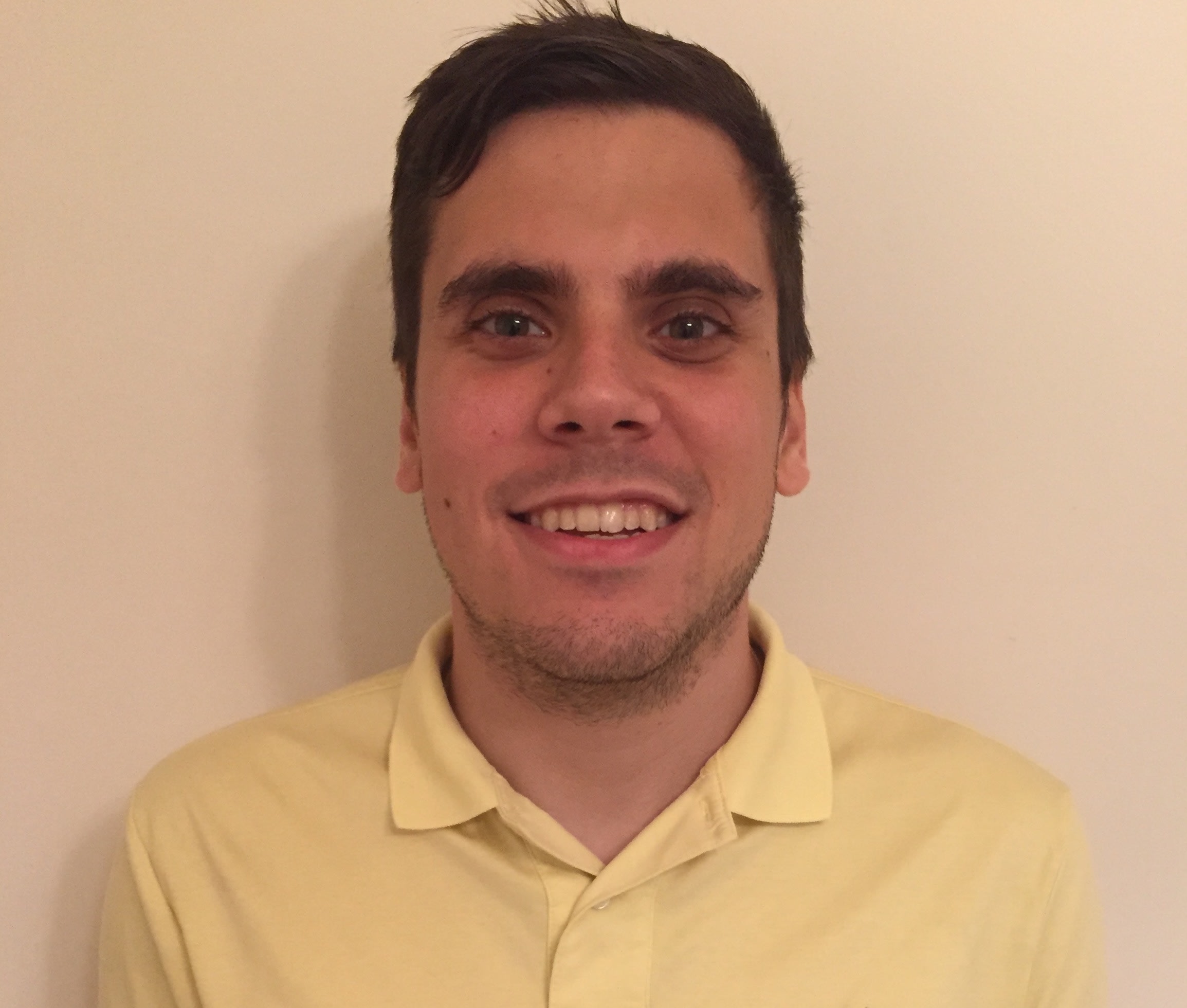TUSCALOOSA, Ala. — Alabama’s new era includes a new way of communication on the football field. The Crimson Tide opened its spring practice Monday by testing out new in-helmet communication devices which will likely play a role in how players receive calls on the field this fall.
Earlier this month, the NCAA proposed rules that would allow schools to use “coach-to-player” communications through helmets on the field. The anticipated rule change has been used in the NFL for years as a way to relay calls and signals.
In the NFL, designated players are given helmets with headset communication installed. Quarterbacks wear them on offense, while a select defender — typically the signal-calling linebacker — dons one on defense.
Helmet communicators won’t officially be approved until the NCAA Playing Rules Oversight Panel votes on them on April 18. However first-year head coach Kalen DeBoer is making sure Alabama is ready for them in the likelihood that they hit the field this fall.
“We were doing it today,” DeBoer said Monday when asked about the communicators following practice.
Alabama isn’t the only program looking to prepare for the future of on-field communication in college football. At the moment, demands for the new technology have limited the amount of headsets the Crimson Tide can get its hands on. Still, a couple of Alabama quarterbacks were able to try out the new gear Monday. Outside of a few minor hiccups, they seem to work relatively well.
“I haven’t heard any feedback yet,” DeBoer said. “I think early on there were a couple of times it was hard to hear, one way or another. I don’t think it was too soft. I think it was actually because it was too loud. But I’m sure that will get tested in our stadium at some point. … I think the quarterbacks were just getting used to it, I saw them a couple of times putting their hand up to their helmet and listening, but for the most part it seemed clean.”
The push for helmet communicators amplified following Michigan’s sign-stealing scandal last season. In the past staffers had to relay signals and calls through cards on the sideline. While those could be scouted and stolen by opponents, the new technology figures to eliminate that form of foul play.
“I think there’s a lot of reasons for it, you know, that I know it can be positive,” DeBoer said of the communicators. “I don’t know that it answers all the concerns you might have when it comes to some of the things that people will say it automatically fixes — maybe sign-stealing and things like that. Because I think there are other ways it could go the other way, just with being intentional and trying to get a call and being able to echo it through your defensive headset. I could go on and on with that. But it was good.”
During Monday’s press conference, DeBoer confirmed that returning starter Jalen Milroe took the first-team reps at quarterbacks in the team’s first practice. The new headset communication could be key in the redshirt junior’s ability to pick up Alabama’s new motion-heavy scheme in his first season under DeBoer.
Alabama will return to the field Wednesday for the second of 15 spring practices. That workout will be open to reporters.
